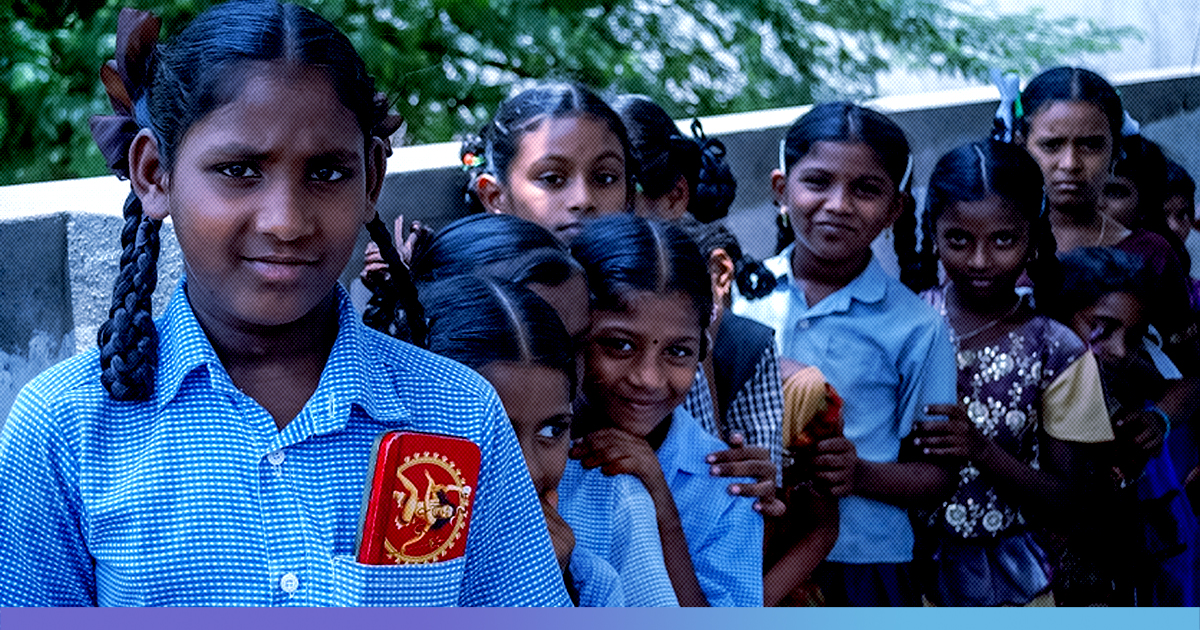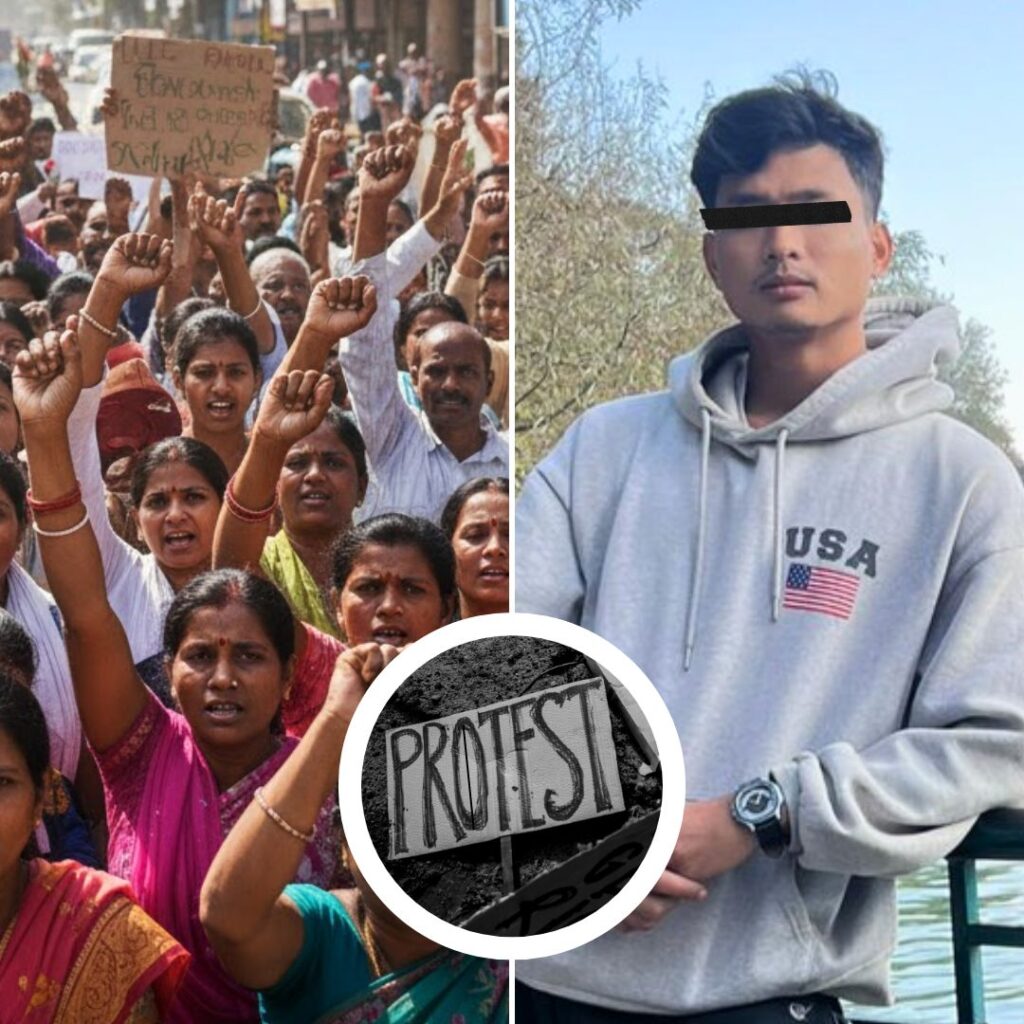In the entire village of Bansipur (Munger, Bihar), there is only one college-goer. Her name is Naini (name changed). If that fact has surprised you, what will add to it is that this is a village of ‘Musahars’- a historically marginalised community and the college is located at a distance of two hours from the village.
Naini was studying in Class IX when talks of her marriage began, as were the norms in her village. But she was busy dreaming of becoming a doctor, and resisted. She knew it would be difficult for her to fight the battle alone. All her relatives and the entire village demanded answers from her parents as to why they went against the tide. The person who single-handedly answered every question, and faced every hindrance was Naini’s mother.
An ASHA worker (government frontline) herself, Naini’s mother had studied till class X before she was married off. She stood like a pillar for Naini and ensured that her daughter not only completed her Higher Secondary but also went to college. Because she had dared to dream, today her two other sisters are also continuing with their studies. Additional support came from the children’s group in the village called the ‘Munna – Munni Manch’ facilitated by CRY partner Disha Vihar present in the area and Naini’s brother. A series of discussions followed, and the wedding was finally called off. It all started because she dared to dream. It was possible because her mother believed in her dream.
Naini’s story aptly echoes this year’s theme of the International Day of the Girl Child ‘Unscripted and Unstoppable’. If Naini and her mother had not held their ground, her story would’ve been like many of her peers who were married off before turning 18 years of age. Today there are around 12 million married children in India of which 75% are girls (Census 2011). Looking at the decadal trends between Census 2001 and 2011, child marriage has barely reduced by 2% for girls within the 15-19 year age group. In fact during that decade, there is an increasing trend in marriage among girls between 10-14 years of age.
Though India’s law declares child marriage to be a punishable offence, tacit social sanctions and customary laws continue to fuel this practice. Data also points to the increasing urbanisation of child marriage among girls. Over 2001-2011, we see that Child Marriage among girls in rural areas has decreased by 7% but increased by 31% in urban areas. Issues of girls’ safety in urban areas may have a significant role to play in this case.
It is interesting to note that some major policy shifts related to children also happened in and around this timeline. The Prohibition of Child Marriage Act (PCMA), 2006 was notified in November 2007, the Integrated Child Protection Scheme was introduced in 2009, the Right to Education Act came into force in April 2010 and efforts to review and draft the National Policy for children began in this time period, with the final Policy notified a few years later, in 2013.
These policy shifts have a direct bearing on the empowerment of the girl child. The fact that these very changes have created a cadre of ASHA workers like Naini’s mother highlights its potential if adequate attention is given while designing and resourcing social policies and programmes. These policy shifts have also contributed to the general awareness about legal age for marriage for girls and boys. A CRY study ‘Educating the Girl Child (2018)’ revealed that more than 95% of parents interviewed knew the legal age for marriage. Girl’s enrolment rates in schools are as high as 96% at primary level and Right to Education Act has a clear positive role here, but dip to 80% at the secondary level (UDISE 2016-17). Unfortunately, only one in every three girls completes school education in India age-appropriately.
While the previous decades saw the introduction of pro-child policies to some extent, the current efforts to improve the implementation of these policies seem to be promising and one hopes that the upcoming decade will not only address the child marriage trends but also transform the lives of children as a whole. With a steady increase in child protection budgets, there has been a positive change in the discourse around child protection. These budgets need to increase further to include necessary costs for prevention of child protection violations (including child marriage), employment and appropriate training of human resources, upgrading infrastructure and so on. Most of these budgets are parked within the Child Protection Services Scheme (erstwhile ICPS), while core law targeting child marriage remains resource-crunched and needs to be operationalised fully.
As the Right to Education Act completes nearly a decade since its enforcement the draft National Policy on Education brings with it the hope of extending the Right to Education to secondary level. The Policy also talks of safety en route and within schools, which could be strengthened by having school level child protection policies and capacity building of teachers and school staff on child protection.
This would bring about a sea change in the lives of girls like Naini for whom the laws and policies would not only be activated to prevent their marriage but also make education more accessible and affordable.
Schemes and programmes like SABLA and Rashtriya Kishor Swasthya Karyakram are trying to address the life skills and adolescent health issues. However, more efforts are required so that aspects of reproductive and sexual health issues are available to all the adolescent girls within school, communities and primary health clinics or facilities.
Much of the policy direction for children can be derived from the National Policy for Children, but ironically, the policy missed out on prominently addressing child marriage. It is imperative that policy direction in addressing the issue is positioned strongly during the review of NPC it would have a bearing in several other rights for girls.
India is at the brink of change and is blessed with tremendous potential in its next generation of girls. But this potential can only be tapped if their vulnerabilities, especially during adolescence are acknowledged and concerted efforts are made towards addressing them by the policymakers and other responsive system. Only then will we succeed in making what today feels exceptional about Naini’s story, a norm for every girl tomorrow!
The author is the Director, Policy Research and Advocacy at CRY – Child Rights and You












